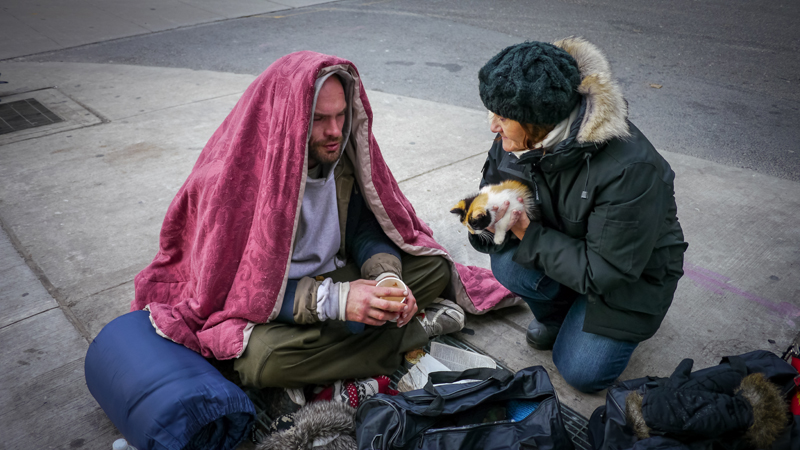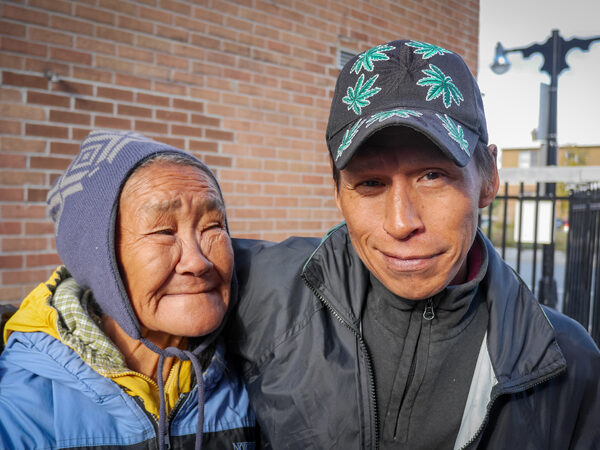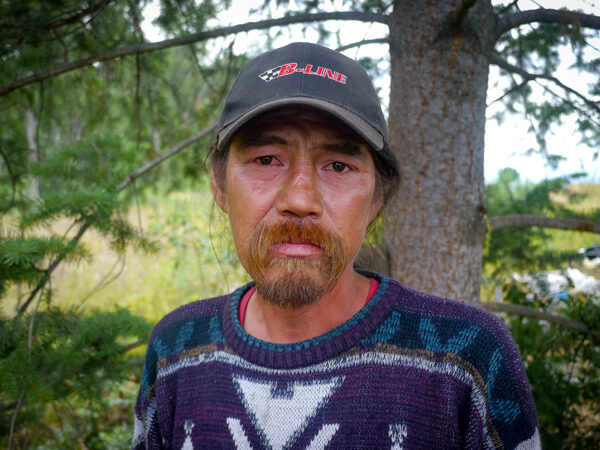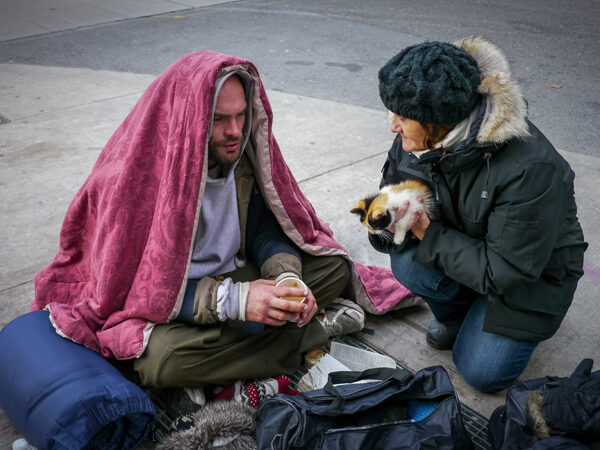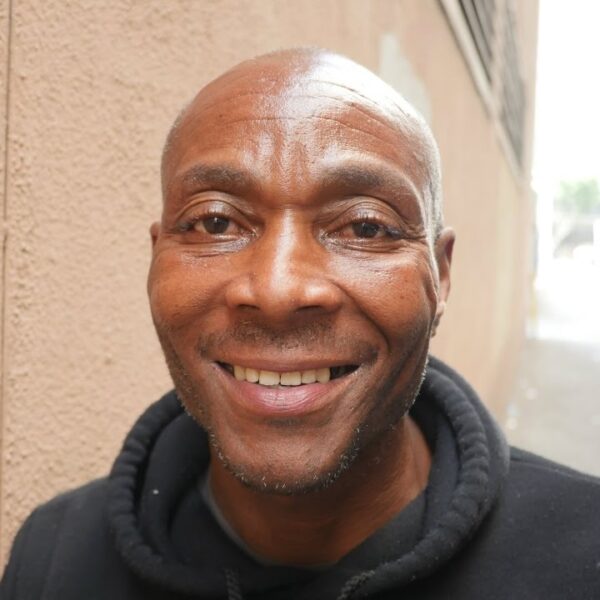Homelessness in Canada
According to The State of Homelessness in Canada 2016 report, authored by the Canadian Observatory on Homelessness and the Canadian Alliance to End Homelessness, approximately 235,000 individuals in Canada experience homelessness each year, with 35,000 experiencing homelessness on any given night. According to the Homeless Hub, between 4,000 and 8,000 individuals experience chronic homelessness, 6,000 to 22,000 experience episodic homelessness, and 176,000 to 188,000 experience transitional homelessness. On any given night, 2,880 were unsheltered, and 14,400 lived in emergency shelters.
Hidden Homelessness
According to the Homeless Hub, there are at least three people experiencing “hidden homelessness” for every person who is unsheltered. Hidden homelessness defines individuals who are able to live inside and off the streets, but do not have their own residence. This statistic translates to at least 50,000 Canadians experiencing homelessness on any given night. Women, including mothers and their children, are much more likely to be among the hidden homeless population.
Indigenous People More Likely to Remain Homeless
In all major Canadian cities, Indigenous people are over-represented in the homeless population. According to the Homeless Hub, in some cities, up to 90 percent of people experiencing homelessness are Indigenous. According to the Canadian Medical Association Journal, Indigenous people in Canada are eight times more likely to be homeless than non-Indigenous people. Despite being more likely to experience homelessness, Indigenous Canadians are less likely to use shelters and other support services and therefore more likely to remain homeless. Learn more about Indigenous homelessness in Canada.
35,000–40,000 Youths Experience Homelessness Annually
Young people are also especially vulnerable. On any given night in Canada, more than 6,000 youths are homeless. Over the course of one year, nearly 40,000 youths experience homelessness.
Approximately 19–20 percent of all people who experience homelessness in Canada are between the ages of 13 and 25. Young people who identify as Lesbian, Gay, Bisexual, Transgender, or Questioning make up 25-40 percent of that population.
As in the U.S., poverty and lack of affordable housing drive Canada’s homelessness crisis. Canada has experienced a decline in wages (including minimum wage), reduction of employee benefits (such as pensions and social assistance), and decreased availability of affordable housing. These factors have greatly increased the risk of homelessness in Canada. In addition, mental health issues, physical challenges, and/or substance use issues exacerbate the risk of homelessness for Canadians. Those who face discrimination or oppression are also at an increased risk.
Researchers have noted that the COVID-19 pandemic has impacted the mental health and substance use patterns of youth experiencing homelessness. The Canadian Observatory on Homelessness and A Way Home Canada has also noted difficulties with homeless youth getting their basic needs met during the pandemic. The pandemic is also making it more difficult for people to remain stably housed. Organizations that serve homeless youth are doing the best they can with limited funding, supplies and staff.
COVID-19 and Homelessness
The COVID-19 pandemic has posed some real challenges for people experiencing homelessness—many people lack safe places to stay and sanitary facilities. The lack of routines can impact people’s mental health. Steps have been taken—including moving people into hotels and hockey arenas, providing cellphones to help ensure adequate communication, setting up testing sites, and ensuring social distancing in shelters—to support homeless populations during the COVID-19 pandemic.







